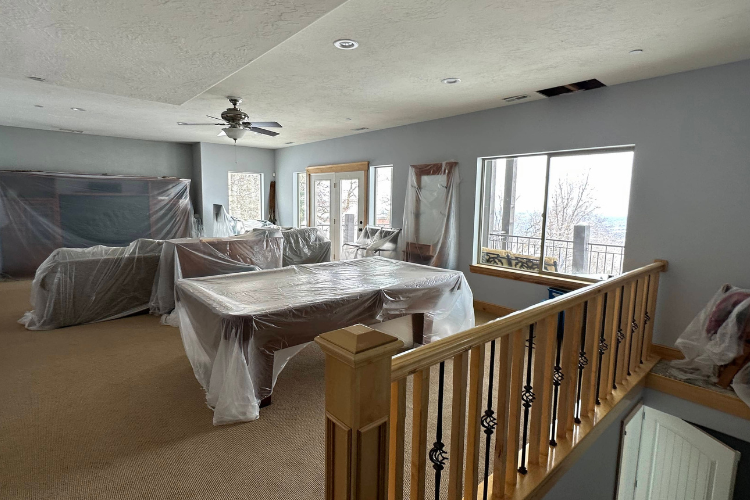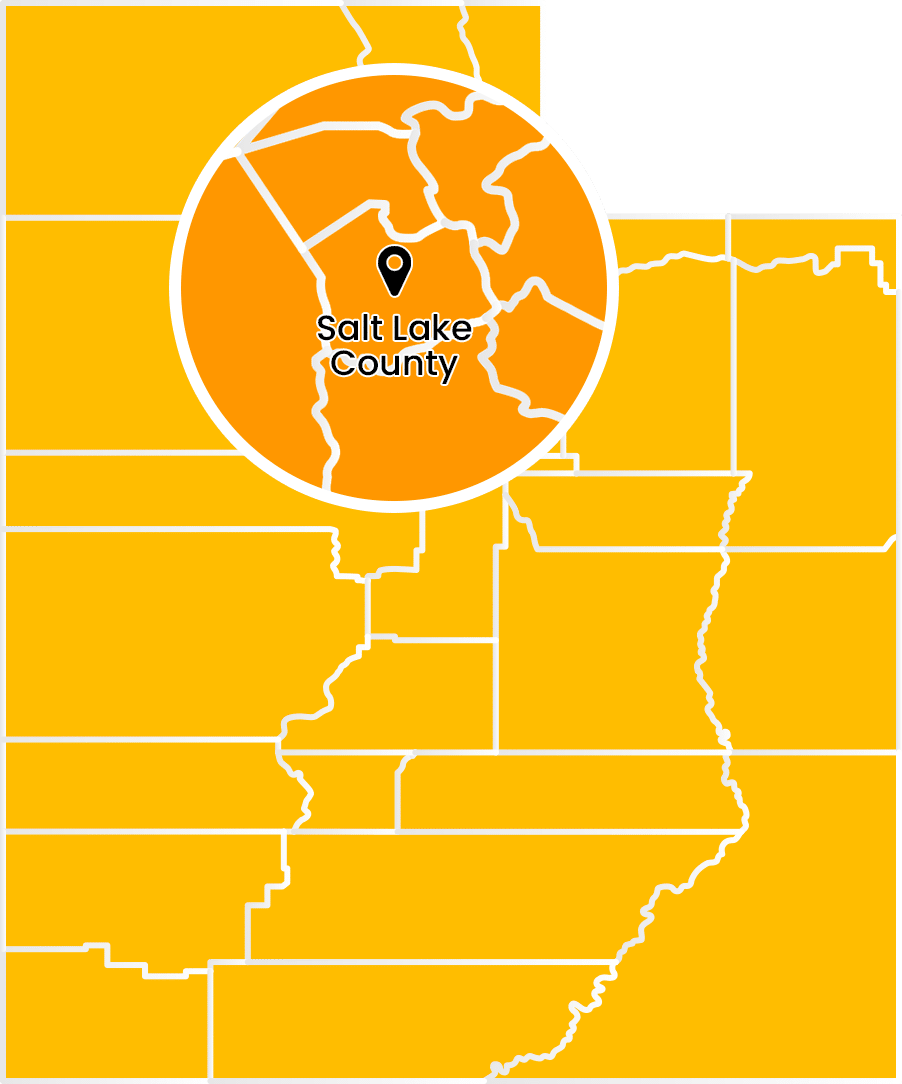In the best-case scenario, you would never have to deal with flood damage or flood restoration. However, despite Utah’s desert climate, flooding happens several times a year. Moreover, some overflowing occurs from internal building issues, like faulty plumbing or broken pipework.
Have a plan for dealing with floods, including the clean-up after the fact. Read more to learn a few tips about flood restoration, why you need it, and what happens during the process.
Is Flood Restoration a Special Service?
Some plumbing companies do not offer water removal, extraction, or water damage restoration services. This point proves especially true if the flood occurred from a natural disaster, unrelated to plumbing problems. Regardless of the cause, you would have hazardous water inside your property.
Specialized contractors can use methods to put the contaminated water in pre-set drainage paths and dry the building. After all, there’s more to water remediation than removal, which itself can be a tedious process without the additional work needed to secure the property.
Instead of DIY, you can ask experts to complete several duties, such as:
- Removing water
- Repairing damaged walls
- Sanitizing water-polluted areas
- Drying indoor walls and furniture
- Replacing items damaged or destroyed in the flood
What Happens if I Don’t Call Restoration Services After a Flood?
Water can seep into small spaces and wreak havoc on the building over time. For example, it can cause mold to develop in unseen places, leading to health hazards and allergic reactions. In severe cases, it can cause structural damage by rotting the wood in the walls and weakening the floors.
Floodwaters also contain contaminants that can leave bad odors for months, making your home or business uncomfortable at best, dangerous at worst. Hazardous substances might remain, leading to potential health and breathing issues.
Would a DIY Drying Attempt Work?
Theoretically, you could try a DIY drying attempt after renting the right tools, though they can be expensive. The restoration process also takes a long time.
On the other hand, professional restoration services can restore the safety and integrity of your property after a flood. Their contractors will safely remove flood-related debris and water while drying your property as much as possible.
Most importantly, they have the training, licenses, and insurance necessary for thorough assistance. Without those, if someone gets hurt or the drying job is incomplete, you must manage the costs yourself. Meanwhile, professional work can help you receive reimbursement from your flood policy, and they handle any employee injury claims.
Call for services quickly after the flood passes to save money on restoration work. If the flooding is coming from the pipes, you can call them immediately.
What Are Common Flood Restoration Steps?
While the full process may vary per company, professionals must complete these steps in order. Doing so incorrectly could lead to an incomplete job and further damage.
#1. Removing the Water
Standing water often conceals debris, contains contaminants, or leads to electrical issues. Therefore, contractors start the flood restoration by removing standing water, using water extraction tools and flood damage materials. Once they remove all the visible puddles of water and debris, they can begin the next step.
#2. Drying the Area
Professionals use commercial-grade dehumidifiers, air movers, and other specialized tools to thoroughly dry the property. This process helps prevent mold growth and wood rot while reducing humidity.
They may need to poke a hole into a remote part of the wall to gain access to internal constructs. However, the contractors should always repair any damage they cause to dry the property.
#3. Cleaning and Sanitizing Affected Rooms
Industrial-grade cleaners and tools can clean and sanitize the rooms to remove stuck-on dirt or debris while killing bacteria. The contractors will do their best to clean everything but may suggest replacing certain unsalvageable items, like furniture or appliances.
#4. Restoring Building Appearance and Function
Professional contractors repair the walls, furniture, and other objects they can salvage. This process includes repairing any holes they make to improve the drying process in Step #2. By the end of their work, your property should look great and be functional, like it was before the flood.
Can I Prevent Flooding Issues in My Building?
You can try several methods to reduce the chances of flood damage:
- Consistent gutter cleaning
- Preventative waterproofing
- Regular roof and pipe inspections
- Checking windows and doors for seal weaknesses
- Basement sump pump installation to mitigate flooding
- Backwater valve installation to prevent sewage exposure
- Drainage system installation around the property to alter the water flow
Who To Call for Flood Restoration Services
Homes and businesses in Draper, UT, and nearby cities can contact Summit Restoration for their flood restoration services. With over 30 years of experience, their expert team has streamlined the process for optimum time and tool efficiency. Call their office at (385) 469-2638 for a free quote or to ask about their services today.






